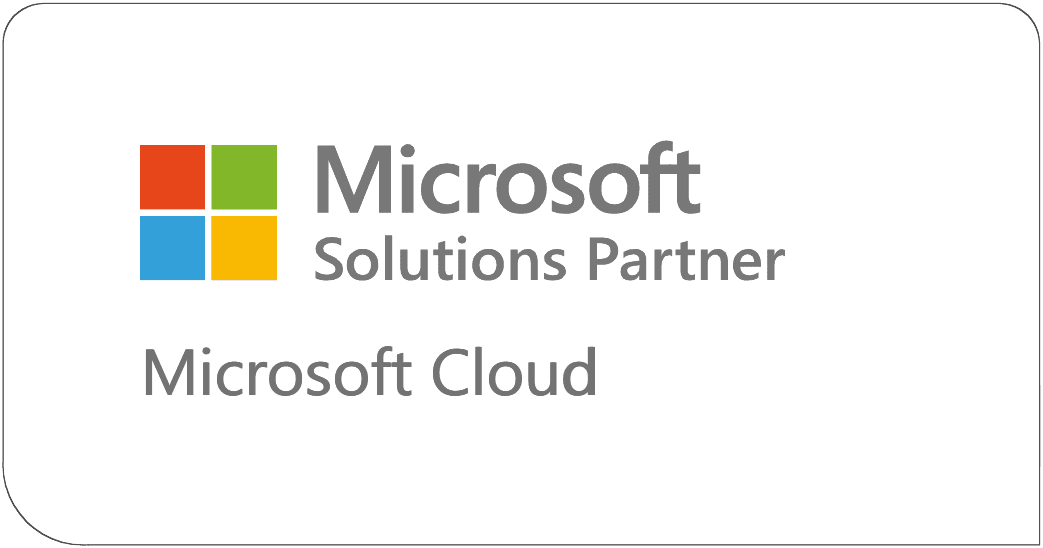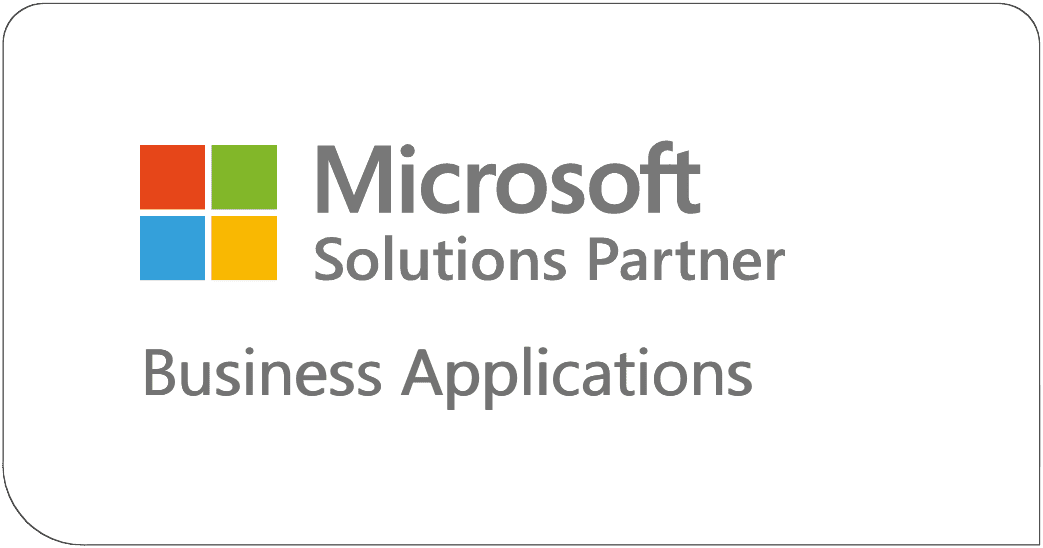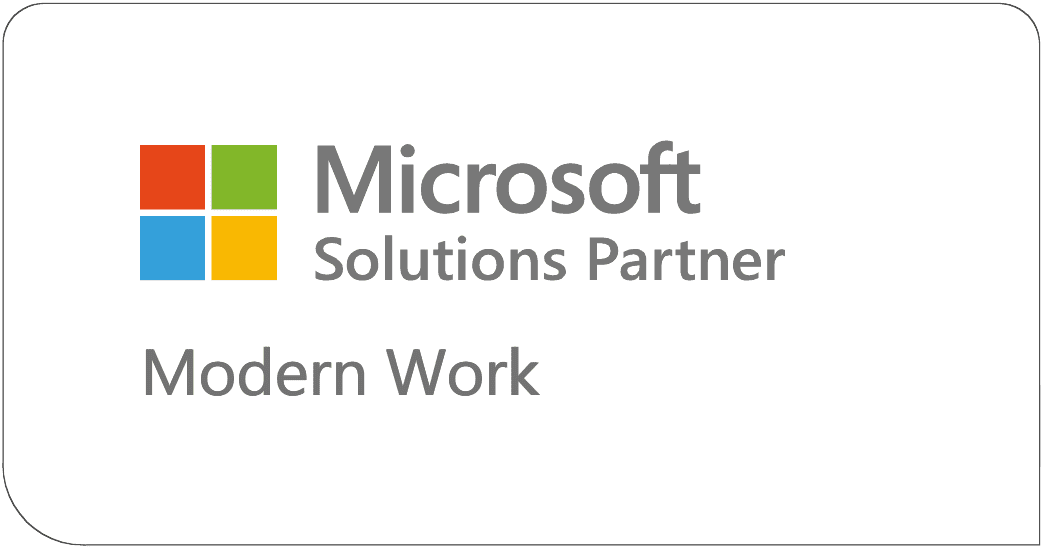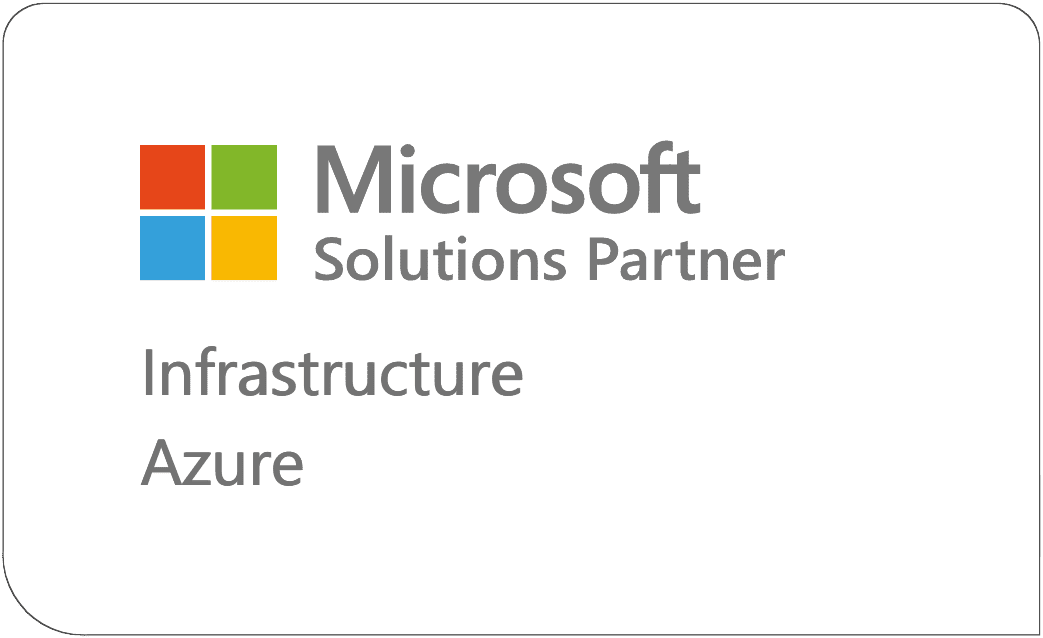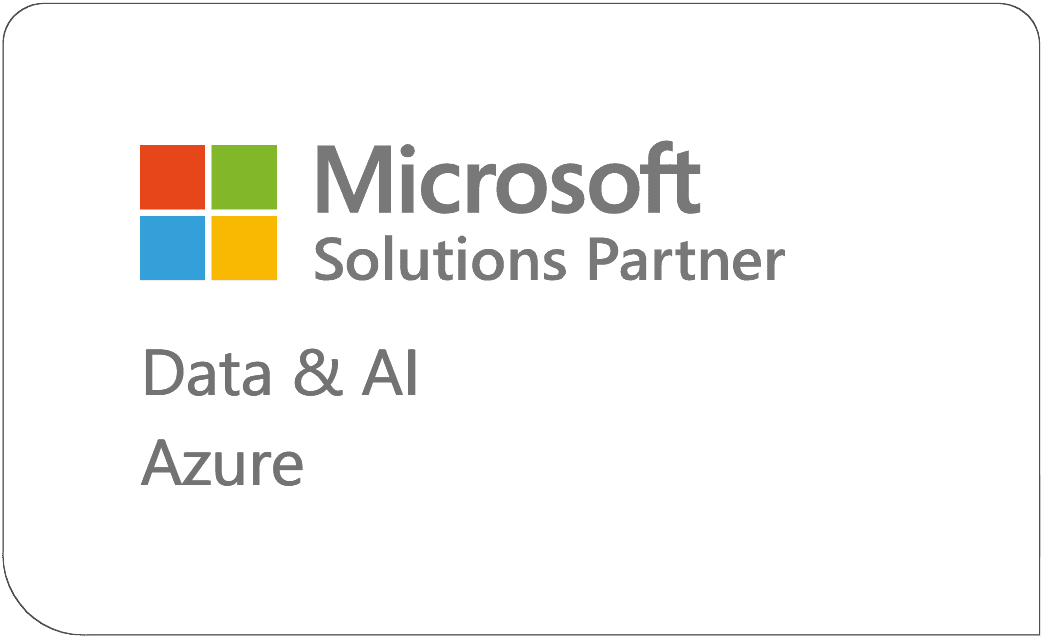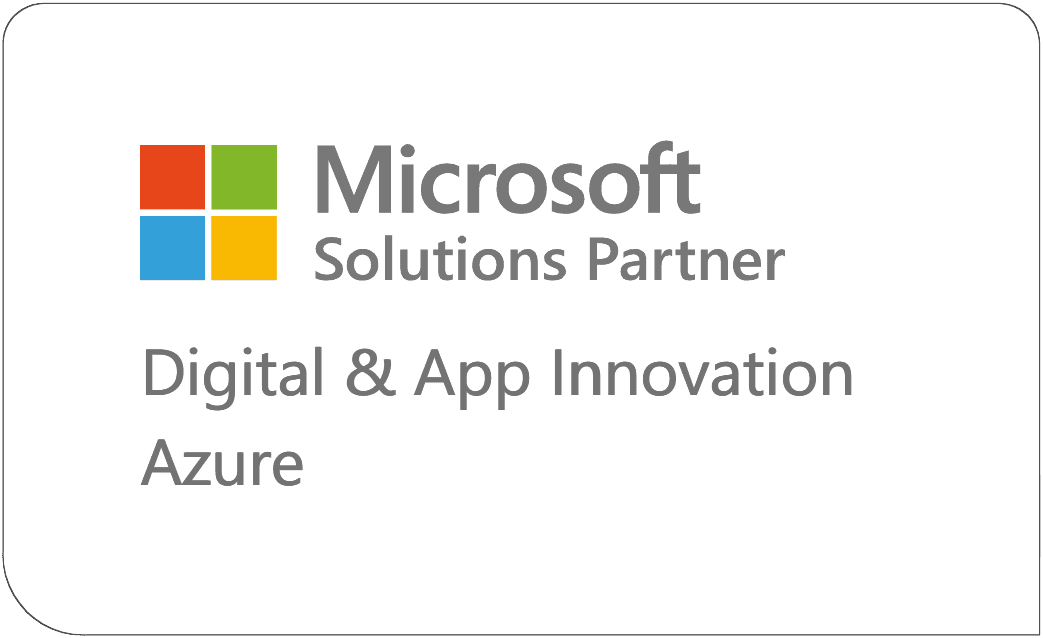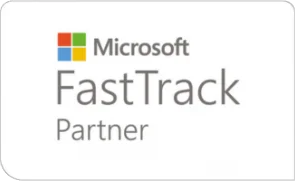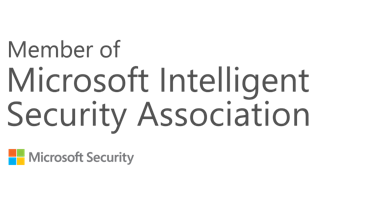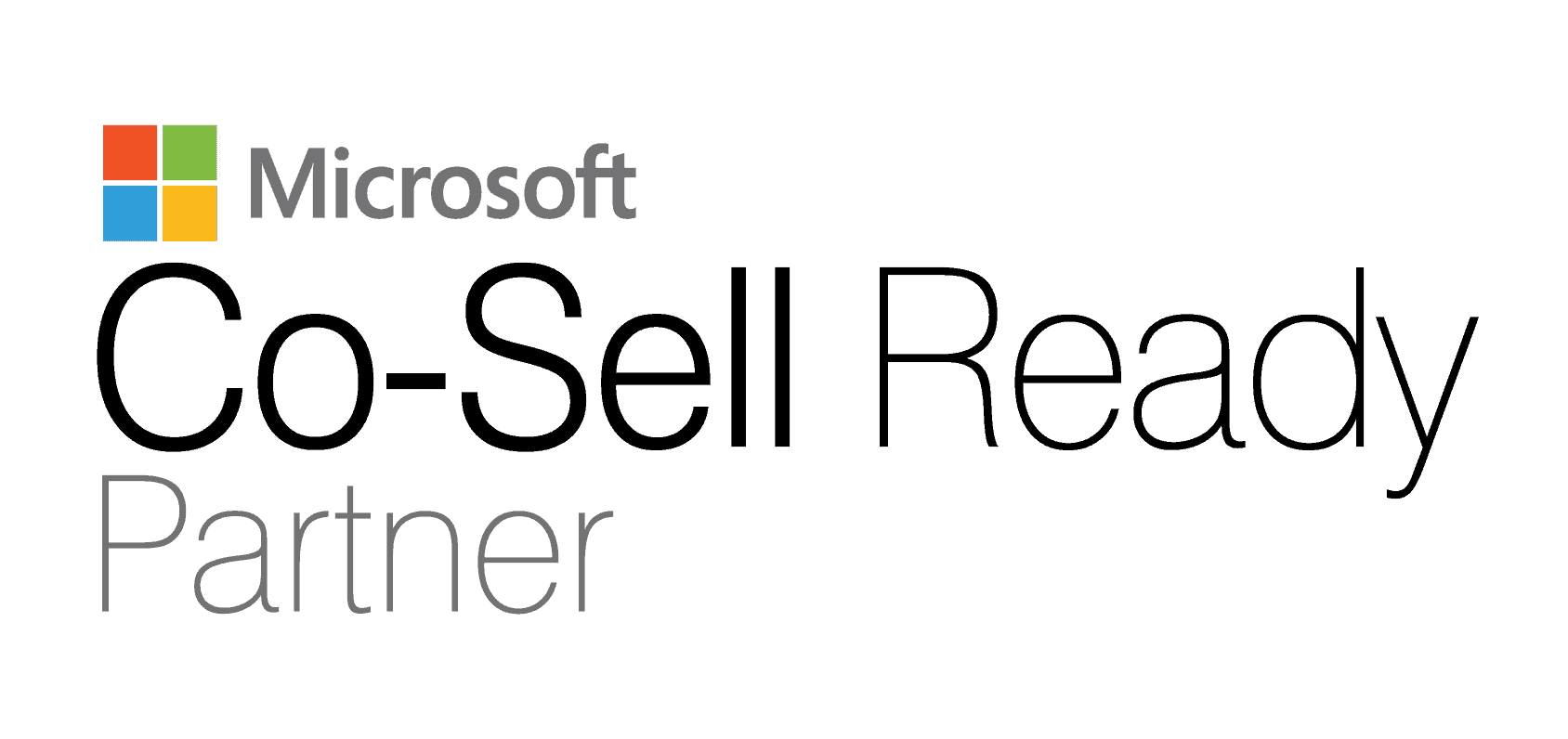Global energy leader streamlines content and collaboration by migrating from Google Drive to Microsoft 365
The company migrated from Google Drive to Microsoft 365 to eliminate tool overlap and reduce costs. By leveraging SharePoint Online and OneDrive, they streamlined collaboration, ensured business continuity, and maximized IT investments.

The Challenges
The company was experiencing a common set of challenges:
- We use and pay for Google Drive as an Enterprise File Sync and Sharing tool for content management & collaboration, but we also already use and pay for Microsoft 365 licenses.
- We expect to continue using some non-Microsoft tools e.g., Confluence and Jira for scenarios that warrant their use, but we would like to make the best use of our IT spend.
- We also expect assistance in re-developing replacement custom integration code that is currently used to save files into Google Drive using Google Drive API to instead save those files into SPO.
- Working with Excel was important, and assistance is sought in manually updating all cells in Excel files containing formula to be converted from Google Sheets that were modified in the last 12 months.
The problem statement in summary was - How can we maintain business continuity, avoid overpaying for overlapping technologies, and provide a streamlined experience to employees to set ourselves up for success across the full content lifecycle?
This problem statement prompted the stakeholders to look for a more integrated and cost-effective platform and moving to SPO and OneDrive as a replacement of Google Drive came as a natural choice.
The Solution
Netwoven undertook a phased migration approach involving the following workstreams and activities.
Content Discovery & Assessment
Netwoven led a detailed inventory & assessment of the company’s content & usage. The data was processed, refined, and loaded into an interactive Power BI report, accompanied by a detailed analysis and set of recommendations to enable the project stakeholders to make well-informed, discerning, and educated decisions about how to proceed with the migration.
The following areas provide the quantitative analysis essential for driving those decisions.
- Drive Inventory Report .
- File Inventory Report.
- File Permission Inventory Report.
- Folder Inventory Report.
- Folder Permission Inventory Report.
- Identify potential limitations and resolutions.
Netwoven complemented the above qualitative data with additional qualitative inputs to drive the decisions when making migration decisions about the areas outlined below. In addition, both of our qualitative and quantitative analysis allow the company to plan and execute Google Drive migrations effortlessly and seamlessly.
- Total size of the content.
- Total users.
- Orphaned files.
- Unsupported content.
- Collaboration content.
- Google Forms and Form template content.
- Trash Files.
- Long-length file paths.
- Excel formula issues.
- Jira and Confluence updates.
Just to indicate the size of the migration project, the following data may be noted.
- 800+ Accounts.
- 7M+ Files.
- 800K+ Folders.
- 7TB+ Data.
- 70+ files affecting 30+ users having excel formula translation issues.
- 350+ links to be updated each for Jira.
- 6000+ links to be updated for Confluence.
Migration Preparation
The following steps were undertaken to ensure a smooth transition from Google Drive to M365.
Data Clean-Up
Data cleansing is the top priority in our pre-migration activities. The information collected during the data cleansing process enables the team to forecast and mitigate any future issues with user accounts or orphaned files. This involves:
- Google Drive Active users – Verify any of these users have left the organization, and they have content, once you find those users you should perform the below actions before migration.
- Move all files to his/her manager's account or the desired location.
- Delete these users' Google accounts if there is no data.
- Move long path files to the root folder.
- Orphaned files – These are created when a file in a folder owner is deleted. In the case of Google Drive, files are not necessarily deleted when the parent folder is deleted.
- Collaboration is key to working with the end users to migrate their orphaned files to my drive before migration.
Netwoven used this information to prepare for and lead a series of workshops to address the issues and tracked all decisions made in the Migration Decision Tracker.
All decisions were synthesized into a final migration strategy & plan that was reviewed and agreed upon by the collective project team before proceeding.
Migration Job Setup
- Netwoven uses Microsoft Migration Manager (MM) as the migration tool of choice. During the pre-migration phase, Netwoven will calculate the total number of users and content size to be migrated based on the analysis returned in the inventory report.
- Once we have reviewed the analysis from the inventory report, we will calibrate the job setup based on the best practices.
User Mapping Generation and Assessment
Before the migration, Netwoven creates a single job in MM and filters out users based on the criteria outlined below and processed appropriately.
- Google Drive active users that do not have a OneDrive account or the user is unlicensed and/or blocked.
- Google Drive active users do not have OneDrive provisioned.
- Google Drive active users who do not have an active account in O365.
- External users – Migration Manager does not support migration of external users and sharing permissions.
Pilot Migration
A pilot migration was conducted on a small group of representative users.
- The purpose is to identify potential issues that may occur during the actual migration.
- A sub-set of actual data (mostly 5% of total data) was migrated including personal drive and shared drive to the test location respectively and work with the identified content owner to validate the content and get familiar with the migrated content.
- Before the actual migration, all issues were resolved. Resolving the identified issues proactively ensured a seamless migration with minimal remediation work.
Pilot Migration
The main migration then proceeded. Netwoven uses an iterative process to work through the migration effort. There were six different phases, one for each activity, as outlined below.
Data Identification
As mentioned before, during the assessment phase, Netwoven uses a tool called Microsoft Inventory Management tool to assess and report the data intended to be migrated. The process typically involves Netwoven providing a report outlining basic metrics and results into identifying which user's content will be migrated.
Prepare Jobs/User Mappings
This part of the process involves configuring the migration tool Migration Manager to execute the migration process as was mentioned in the Migration preparation activities.
Migrate Data
Since the jobs have been pre-configured, this is the phase where the jobs are executed. Each job is monitored during the execution to quickly remediate any issues and/or errors.
Resolve Issues
Netwoven will monitor the process and the logs during the migration process and proactively mitigate and troubleshoot issues as they arise. The team will proactively communicate potential issues that may impact the release of the migration.
Content Validation
To ensure that the migration process is on track, both the source and target areas are closely monitored for the following items:
- Number of files and folders.
- Files metadata (modified by, modified date and size).
- User Permissions.
Excel Formula Updates
- Identify all Sheet > Excel formula issue categories in files modified in the last 12 months.
- Devise and document remediation strategy for every issue category.
- Test / pilot excel fixing and UAT with content owners.
- Update all in-scope issue cells over delta / cutover weekend.
Confluence and Jira Link Updates
- Identify all Sheet >Prepare link update scripts.
- Test and remediate link update script.
- Delta / cutover link update script execution.
Custom Integration Rebuild for SPO
- Finalize detailed understanding of customizations.
- Develop & test replacement integration in Microsoft 365.
- Facilitate UAT and remediate issues.
- Production deployment.
- Knowledge transfer.
UAT (User Acceptance Testing)
Once we have completed the full migration and internal content validation, we release the migration effort to the UAT phase. This phase allows a group of users, preferably power users, to validate whether their content was migrated successfully. The validation criteria require validating the following areas:
- Number of files and folder.
- File and folder metadata such as modified by and modified date, and file size.
- Users Permissions.
Any issues during UAT are captured in a predefined tracking list and are remediated daily.
Netwoven also collaborated closely with the customer's project managers for status updates and the decisions required during the execution.
Link Lookup Utility
A custom utility is available for the users to quickly lookup for any link URL that has been migrated to the M365. This ensured seamless integration with existing SharePoint infrastructure. Approximately 9.3 million mapping records to SharePoint were uploaded to facilitate the users.
Go Live – Delta Migration
The delta migration is the final part of the migration process. In this phase, we are typically only migrating 10-30% of the total content, which decreases the time it takes significantly compared to the full migration. The files migrated in this phase are only those files that have been recently added or modified since the full migration. The following are the highlights of this phase.
- Schedule Delta Migration window (outside of business hours is preferable to avoid conflict).
- Communicate to all affected users about the delta migration process.
- Explain what exactly happens in delta migration.
- Provide migration start and end times.
- Make sure to Inform to avoid any changes during migration.
- Changes that happen during migration will not be migrated.
- Communicate to all affected users that the delta migration has started.
- Execute the delta migration.
- Resolve any issues raised during migration (From MM Reports and validations).
Once the migration issues have been resolved and content validated, it is recommended that the source environment be read-only to ensure no additional updates to the source environment.
Hypercare Support
Once all data migration is completed, Netwoven is committed to ensuring the successful transition of customers to their new user experience. It is important to note that the most critical aspect of this phase is holistic customer care, and we leverage a continuous process to provide our customers with a continuous support lifecycle during this phase, as outlined below.
- We typically monitor and remediate issues 2 weeks after the final migration is complete.
- We also provide quick reference guides and/or additional training material as needed to ensure the customer's end-users have the latest and greatest information about their new environment.
Adoption & Change Management
Successful migration projects are not just about moving content from one place to another. Transitioning platforms requires concerted focus and effort to ensure that all the users using the system can transition with minimal impact to business continuity. This is especially important when moving from a familiar platform like Google Drive. It is important to make sure the users feel heard, have their concerns addressed, are kept aware, and have the tools and information they need to smoothly navigate the change.
Netwoven assists with a variety of ACM workstreams, including the following:
- Awareness and Q&A for understanding and preparing for the change
- Communication Plan
- Sample Communication Copy
- Training Plan
- Training Assets
- UAT Facilitation
Benefits
The project was completed in 13 weeks and within budget. User onboarding was smooth, and adoption was fast. The project provided several benefits to the company.
- Optimal use of existing investment in M365 ensuring improved ROI.
- A single unified environment using M365 offers seamless user experience increasing productivity.
- More secure repository and collaboration.





